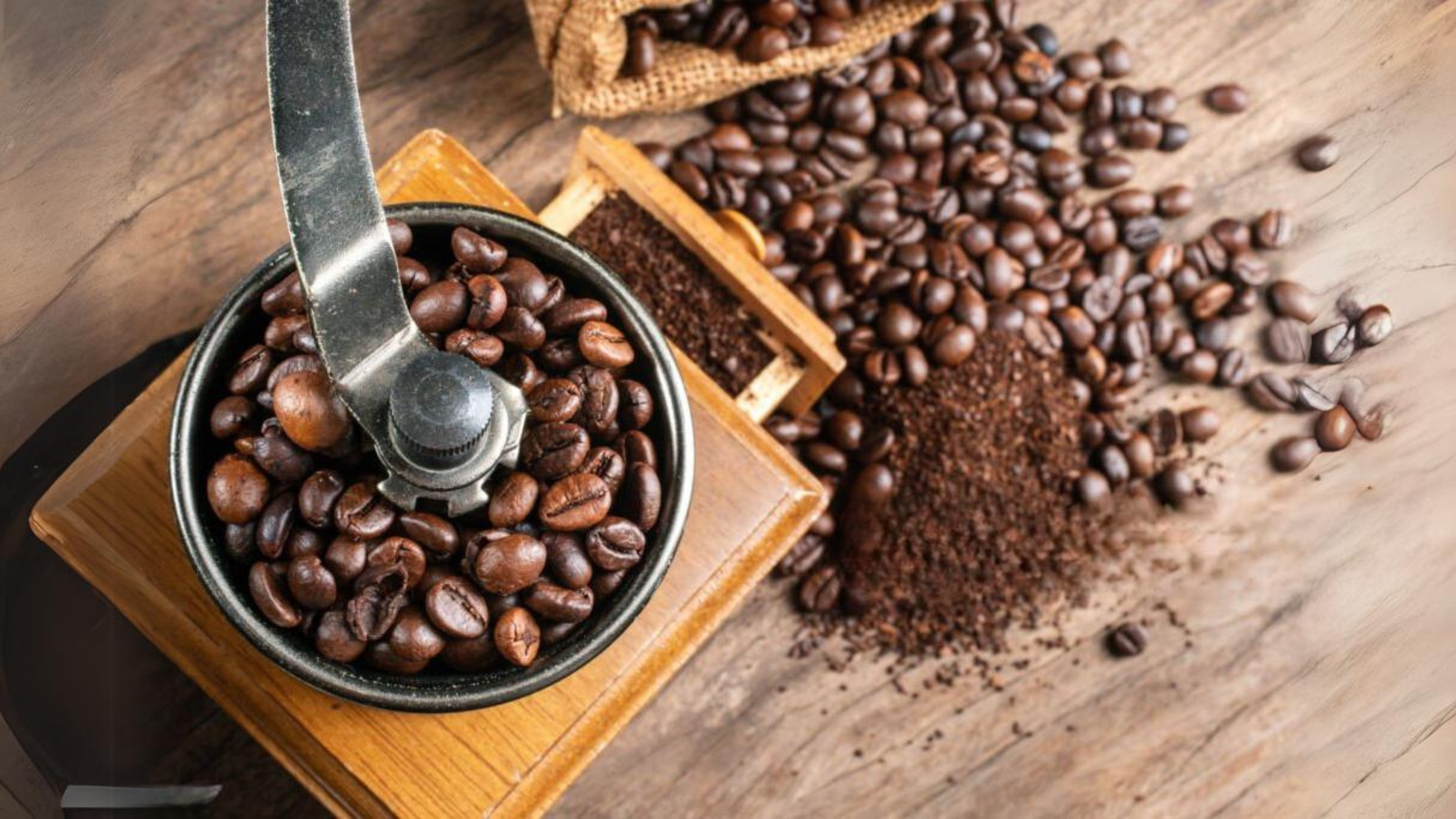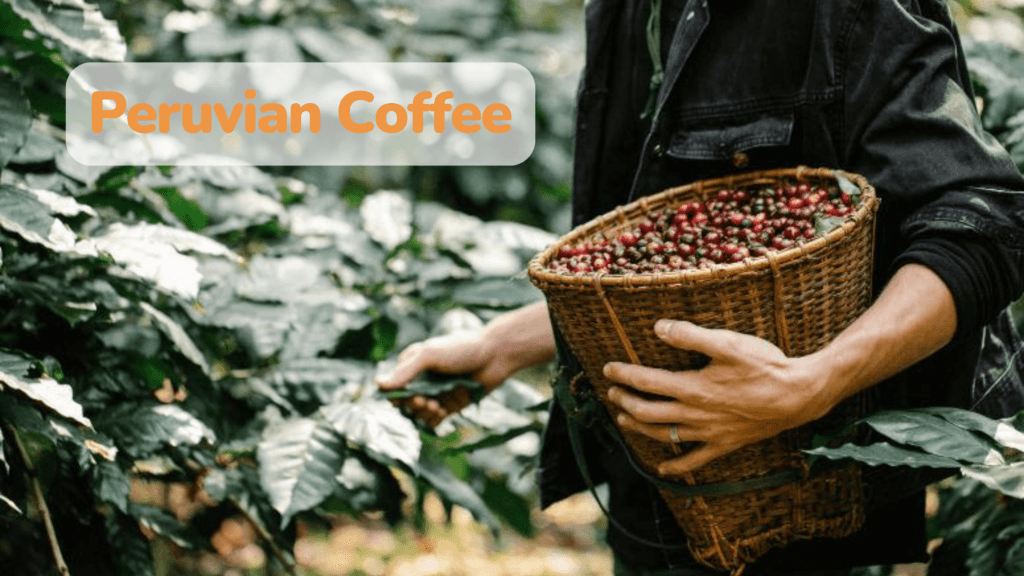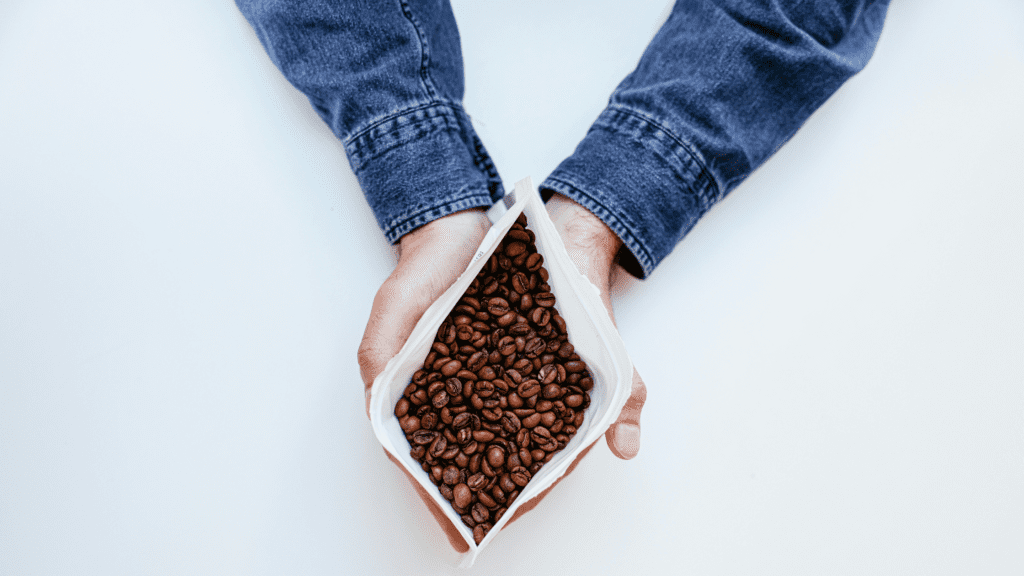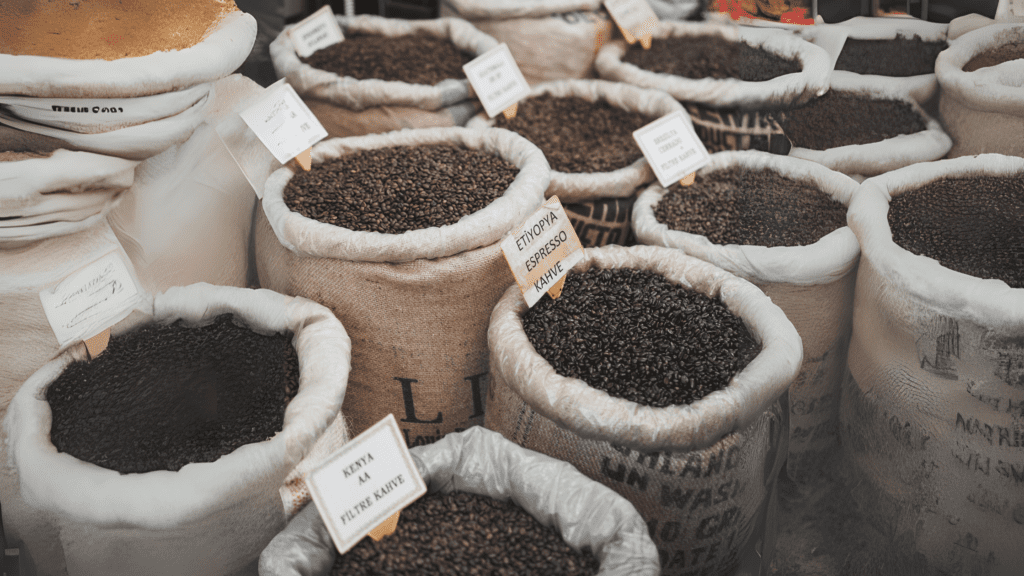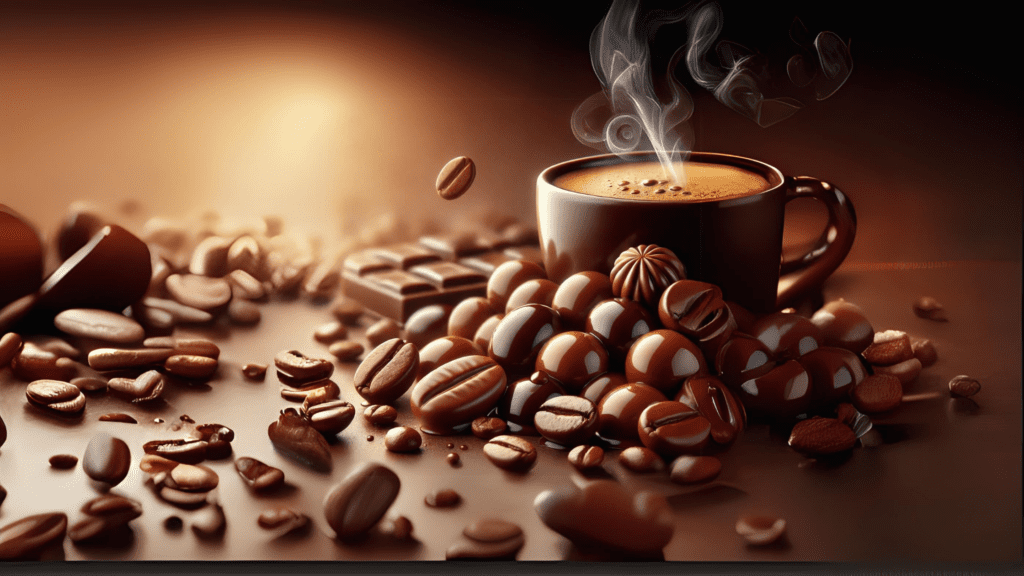If you’re a coffee lover, you know the value of grinding coffee beans just before brewing. Grinding fresh allows you to preserve the rich aromas and flavors that make every cup of coffee special. From understanding different grind sizes to using the right grinder for your brewing method, this comprehensive guide will teach you everything you need to know about making the perfect coffee at home.
Table of Contents
ToggleWhy Grinding Coffee Beans is Crucial for Freshness and Flavor
Freshly ground coffee always tastes better than pre-ground coffee. Coffee beans contain oils and aromatic compounds that give your coffee its distinct flavor. When beans are ground, these oils start to evaporate, and the coffee loses its freshness quickly. In fact, coffee loses 60% of its aroma within 15 minutes of being ground. This means the longer you wait to brew after grinding, the less flavorful your coffee will be. Grinding your beans just before brewing ensures that you capture as much of the aroma and flavor as possible.
Coffee loses 60% of its aroma within 15 minutes of being ground, which is why grinding beans just before brewing is crucial for a rich, aromatic cup.

The Science of Coffee Extraction and Why Grind Size Matters
To make great coffee, it’s essential to understand how coffee extraction works. When you pour hot water over ground coffee, the water extracts flavors, oils, and compounds from the coffee grounds. The size of the grind controls how fast or slow this extraction happens. This is why grind size plays such a huge role in determining how your coffee tastes.
- Finer grinds (such as those used for espresso) have a larger surface area, which allows water to extract more quickly. If the grind is too fine, however, it can lead to over-extraction and make the coffee taste bitter.
- Coarser grinds (used for French press or cold brew) allow the water to pass through more slowly, resulting in a smoother and milder taste. However, if the grind is too coarse, you might end up with weak, under-extracted coffee.
Balancing grind size with your brewing method is key to getting the right flavors from your beans.
Choosing the Right Coffee Grinder: Blade vs Burr Grinders
When it comes to grinding coffee beans, having the right grinder makes all the difference. There are two main types of grinders: blade grinders and burr grinders.
Blade Grinders
Blade grinders chop the coffee beans with a spinning blade, which can create an uneven grind. While blade grinders are affordable and easy to use, they can produce both fine and coarse particles in one batch, leading to inconsistent results. Inconsistent grind sizes can affect the taste of your coffee, as uneven particles extract at different rates.
- Pros: Inexpensive, easy to find.
- Cons: Inconsistent grind size, can lead to uneven coffee extraction.
Burr Grinders
Burr grinders use two abrasive surfaces (called burrs) to crush the coffee beans into a uniform grind. These grinders are preferred by coffee experts because they provide a consistent grind size, which is crucial for balanced flavor extraction. Burr grinders come in two types: flat burr grinders and conical burr grinders.
- Pros: Consistent grind size, adjustable grind settings.
- Cons: More expensive than blade grinders.
For the best-tasting coffee, burr grinders are recommended over blade grinders. You can adjust the grind settings to match your brewing method, ensuring you get the right grind size every time.
How to Choose the Best Grind Size for Your Brewing Method
Different brewing methods require different grind sizes to achieve the best extraction and flavor. Here’s a detailed guide on which grind size works best for popular brewing methods:
1. Coarse Grind (Sea Salt Texture)
Coarse grind is ideal for methods that require longer extraction times. The larger particles allow for a slower flow of water, resulting in a smooth and well-balanced brew.
- Best for: French Press, Cold Brew, Percolator.
- Coffee-to-water ratio: Use approximately 2 tablespoons of coarse-ground coffee for every 6 ounces of water.
2. Medium-Coarse Grind (Rough Sand Texture)
Medium-coarse grinds work well for methods where water is poured slowly over the grounds, allowing for even extraction.
- Best for: Chemex, Pour-Over (like V60), Aeropress (with longer brewing time).
- Coffee-to-water ratio: About 1 tablespoon per 5-6 ounces of water.
3. Medium Grind (Sand Texture)
Medium grind is the most versatile grind size and works well for drip coffee makers and siphon brewers. It’s the go-to grind for most home coffee machines.
- Best for: Drip Coffee Makers, Siphon Brewers, Aeropress (short brew time).
- Coffee-to-water ratio: 1 to 2 tablespoons per 6 ounces of water.
4. Fine Grind (Table Salt Texture)
Fine grind is essential for espresso and brewing methods that require short extraction times. The small particles allow water to extract quickly, resulting in a rich and concentrated flavor.
- Best for: Espresso, Moka Pot, Aeropress (with shorter brewing time).
- Coffee-to-water ratio: Use 1 tablespoon of fine-ground coffee for every shot of espresso (1 ounce of water).
5. Extra Fine Grind (Powdery Texture)
Extra fine grind, often called Turkish grind, is used for brewing Turkish coffee. The particles are so fine that the coffee grounds remain in the cup.
- Best for: Turkish Coffee.
- Coffee-to-water ratio: Use 2 teaspoons per 3 ounces of water.
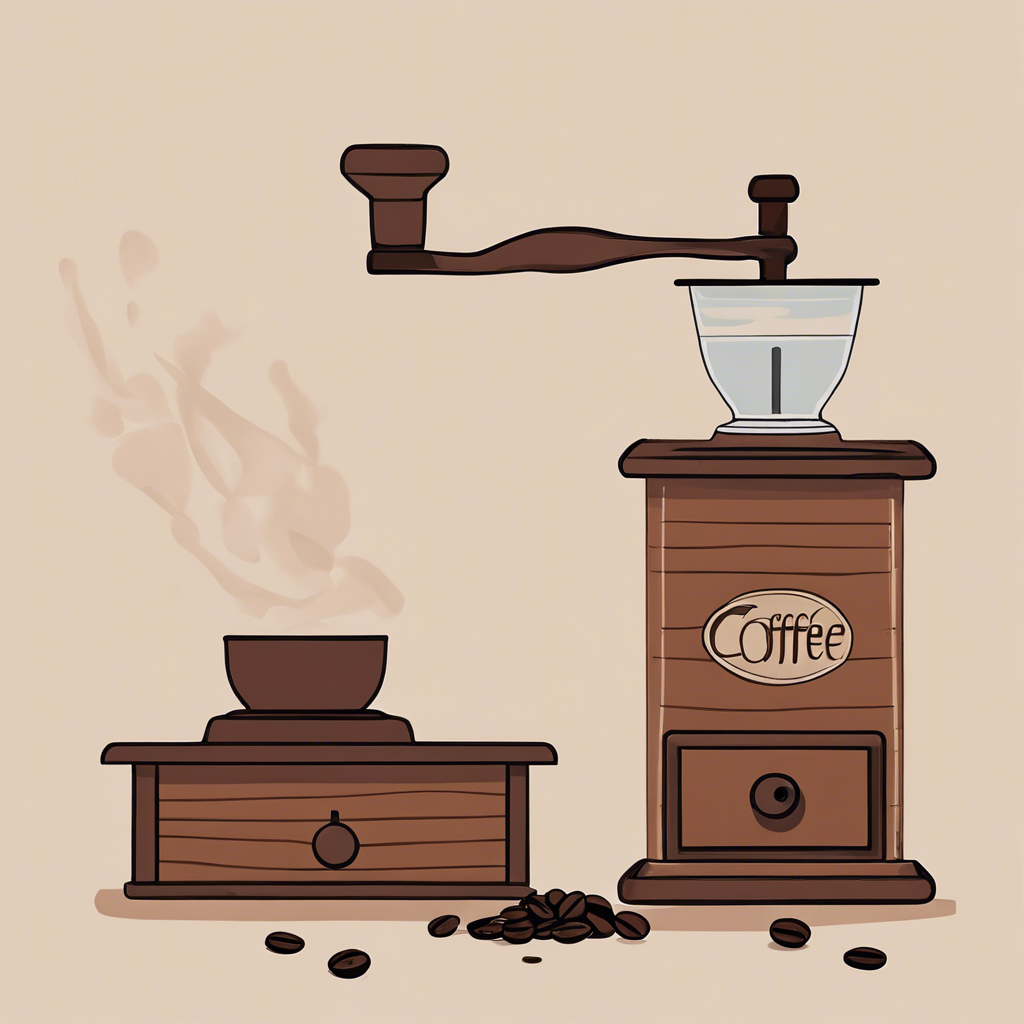

60% of coffee drinkers in the U.S. prefer grinding their own beans at home to ensure they get the freshest and most flavorful coffee. This trend highlights the increasing importance of freshness in home coffee brewing.
How to Grind Coffee Beans at Home: Step-by-Step Guide
Grinding coffee beans at home is simple, but the key is consistency. Follow these steps for the perfect grind every time:
- Select your preferred grind size based on your brewing method.
- Measure your coffee beans. A general rule of thumb is to use about 2 tablespoons of coffee per 6 ounces of water. For more precision, use a kitchen scale to weigh your coffee beans.
- Fill your grinder with the appropriate amount of coffee beans.
- Set your grinder to the correct grind size. Burr grinders allow you to adjust the grind setting, while blade grinders require more manual control.
- Grind your beans. For burr grinders, simply press the start button and let it grind until all beans are processed. For blade grinders, pulse the grinder until the desired consistency is achieved.
- Check for consistency. Ensure that the grind size is even. If the grounds are uneven, adjust the settings and grind again.
- Brew your coffee immediately after grinding to capture the fresh aromas and flavors.
The Importance of Consistency in Coffee Grinding
Consistency is critical in coffee grinding. Even grind size allows for even extraction, which produces a balanced cup of coffee. If your coffee grounds are uneven (as is often the case with blade grinders), some particles will over-extract while others will under-extract, resulting in bitter or sour flavors.
For the best results, always aim for a uniform grind. Burr grinders are great for maintaining consistent grind sizes, but if you’re using a blade grinder, try shaking the grinder gently between pulses to help even out the grind.
Common Coffee Grinding Mistakes to Avoid
Grinding coffee may seem straightforward, but there are several common mistakes that can affect your coffee’s flavor:
- Using the wrong grind size: Always match your grind size to your brewing method. A coarse grind for espresso or a fine grind for French press will ruin the taste of your coffee.
- Not cleaning your grinder: Old coffee grounds and oils can build up in your grinder and affect the taste of freshly ground beans. Make sure to clean your grinder regularly.
- Grinding too much coffee at once: Coffee starts to lose flavor quickly after grinding. Only grind what you need for each brew to ensure the freshest cup.
Analogy:
Grinding coffee beans is like slicing fresh fruit just before eating. Pre-cut fruit starts to lose its vibrant flavor and texture shortly after being prepared, just like coffee beans lose their rich aroma and oils soon after grinding. Fresh preparation ensures the best flavor experience every time.
FAQs
1. What’s the best grind size for French press?
A coarse grind is best for French press to prevent over-extracting the coffee, resulting in a smooth, rich flavor.
2. How fine should I grind coffee for espresso?
For espresso, use a fine grind to allow for fast extraction, resulting in a strong, concentrated shot of coffee.
3. Should I grind my coffee beans right before brewing?
Yes! Grinding right before brewing ensures your coffee is fresh and full of flavor. Pre-ground coffee loses its aroma and taste shortly after grinding.
4. How often should I clean my coffee grinder?
You should clean your grinder at least once a week to remove old grounds and coffee oils that can affect the

